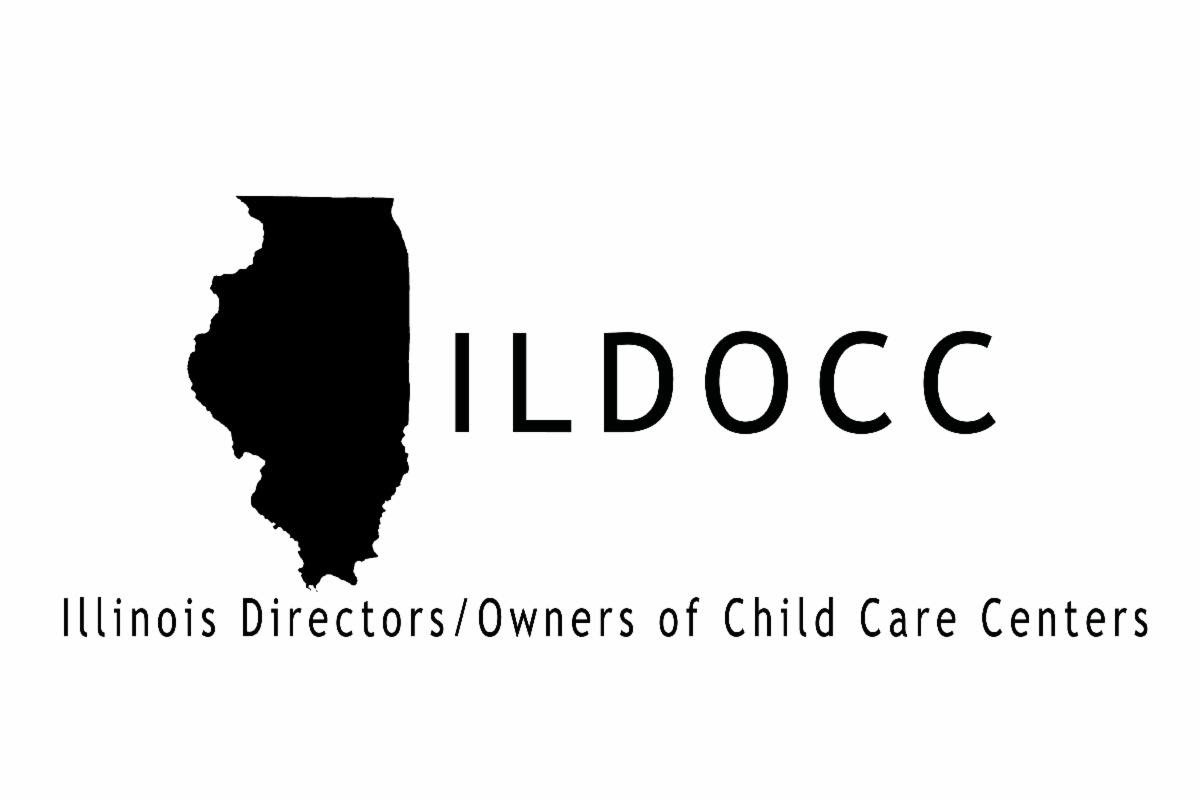many companies provide great service, but few know and practice true hospitality. while service focuses on completing tasks efficiently and meeting basic needs, hospitality goes beyond; it’s about building meaningful relationships and ensuring clients feel genuinely appreciated.
at caterpillar care, we believe the heart of childcare lies in elevating service into something deeper—a sense of belonging. one of our goals is to help our staff members refine their service standards to deliver genuine hospitality that keeps families happy and feeling like they’re receiving exceptional value with our care service.
service vs. hospitality: what’s the difference?
service and hospitality may seem similar, but they serve very different purposes. service is about completing tasks efficiently, while hospitality is about creating meaningful connections that leave a lasting impression.
1. service is transactional. hospitality is personal.
service is checking in a child quickly at drop-off. hospitality is remembering their favorite storybook or asking about their weekend adventures. it’s the difference between finishing a task and making someone feel special.
2. service is following the protocol. hospitality is anticipating needs.
service is getting a message across as at when due. hospitality is noticing a client’s preferences and suggesting solutions or options before they even ask. it’s about staying one step ahead to provide peace of mind.
3. service is reactive. hospitality is proactive.
service is addressing a concern when it comes up. hospitality is creating an environment where potential issues are minimized because you’ve already thought ahead and prepared. we prioritize feedback loops to refine our approach continuously.
4. service is according to standard. hospitality is considerate of emotion.
service ensures the space is clean. hospitality ensures that space feels warm and inviting, with personalized touches that reflect the unique personalities of the children and families we serve.
5. service is expected. hospitality make the brand stand out.
service is what parents pay for. hospitality is what they remember, the reason they recommend caterpillar care to friends or return with siblings. it’s the intangible feeling that their child is not just cared for, but cherished.
6. service is task-oriented. hospitality is relational.
service focuses on completing activities like meal prep or nap schedules. hospitality focuses on how those moments are delivered, like comforting a child who misses home or sharing a laugh with a parent during pickup.
7. service is temporary. hospitality builds legacy.
service ends when the workday does. hospitality lingers in the form of trust, loyalty, and the lasting impact of feeling valued. families carry this feeling long after their time with us.
why hospitality matters in childcare
true hospitality goes beyond speed and efficiency. it’s about making a safe space for the families and children to feel genuinely cared for. hospitality transforms daycare from a necessity into an experience. when childcare centers prioritize emotional connection over mere efficiency, they foster environments where children thrive socially and emotionally. parents gain confidence knowing their child is in a space that values individuality and nurtures growth.
at caterpillar care, hospitality is woven into every interaction. we train our team to listen deeply, observe thoughtfully, and act with intentionality, whether it’s tailoring activities to a child’s interests or sending a reassuring note after a tough morning drop-off.
how we redefine childcare through hospitality
continuous learning: staff participate in workshops focused on empathy, communication, and cultural awareness to better understand diverse family needs.
community focus: we build partnerships with local libraries, parks, and artists to enrich our programs, creating shared experiences for families.
feedback integration: regular family surveys and open-door policies ensure our hospitality evolves alongside the needs of those we serve.
in the end, hospitality isn’t a meaningless word; it’s determines how we operatebecause when families feel cared for, children thrive, and that’s what truly matters.
ready to experience childcare that goes beyond service? visit caterpillar care in chicago and discover how hospitality makes all the difference.





























